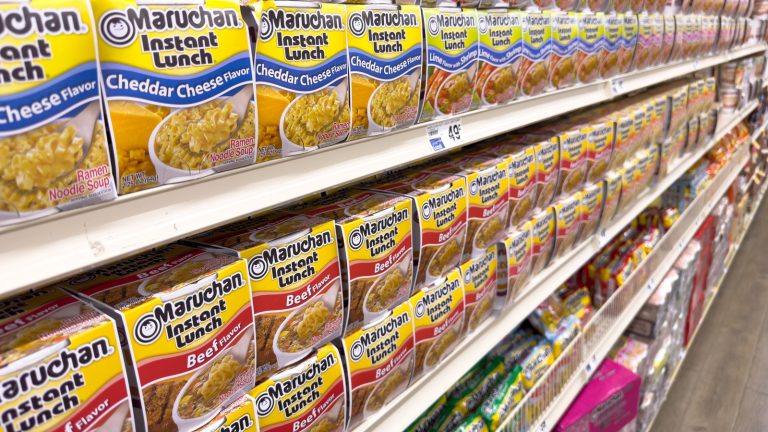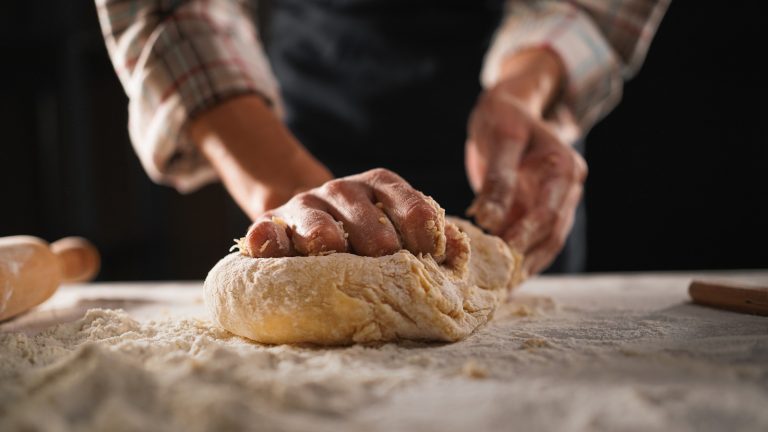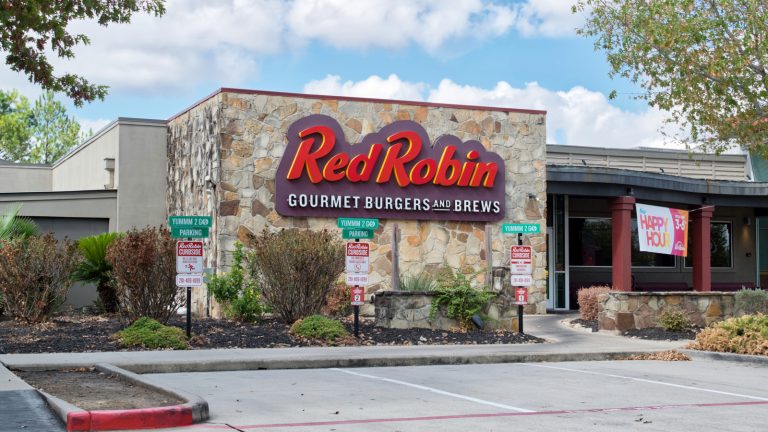We may receive a commission on purchases made from links.
Sweet, earthy, and perfectly caffeinated, matcha fans around the world are giving props to the matcha latte at Dunkin’. Many fans of the drink are curious about whether they can recreate Dunkin’s matcha latte magic at home. The first step? Figuring out what brand of matcha Dunkin’ is using.
While Dunkin’ has yet to publicly share the brand of matcha they use to create their cult-favorite matcha lattes, some fans of the drink are taking to social media to try to figure out how they can create a Dunkin’-inspired mug of bright-green happiness in their own kitchens. Users on a Reddit thread (that features a photo that appears to be taken behind the counter at an undisclosed Dunkin’ location), believe that Dunkin’ uses Aiya Matcha Zen Cafe Blend to make their matcha lattes. According to the bag in the photograph, the powder used is “a sweet blend of matcha green tea for smoothies and lattes.”
The ingredient list that Dunkin’ provides for matcha lattes on its website matches up with the ingredients in the Aiya Sweetened Matcha Blend, and those who have taken on the task of recreating Dunkin’s matcha latte at home say that the taste is indistinguishable. According to a 2020 blog post from Dunkin’, their matcha is made in the Nishio region of Aichi prefecture, Japan — which also lines up with the Aiya Matcha Blend theory.
What is matcha, exactly?
Curious about what separates matcha from green tea? While matcha is made from green tea leaves, the two products are quite different. Green tea is created by steaming and pan-frying leaves from the green tea plant, and then drying them. From there, dried tea is placed into teabags, or sold in loose-leaf forms for at-home steeping. When you drink a glass of green tea, you aren’t actually ingesting the leaves themselves.
When you drink matcha, on the other hand, you’re drinking finely powdered green tea leaves. Many matcha powders contain sweeteners, as unsweetened matcha on its own can be a bit of an acquired taste (adding a bit of coffee creamer to your at-home matcha latte can help cut matcha’s natural bitterness). While both matcha and green tea have caffeine, matcha has more, containing up to 176 milligrams to get you up and going, compared to a maximum of 90 milligrams of caffeine in a cup of green tea. Green tea is often enjoyed on its own, while matcha powder is usually enjoyed blended with milk.
If you’ve been hit by the matcha craze, you’re not alone. From matcha green tea flavored ice cream to matcha flavored KitKat candy bars, there are tons of matcha-flavored products to help you get your fix.






